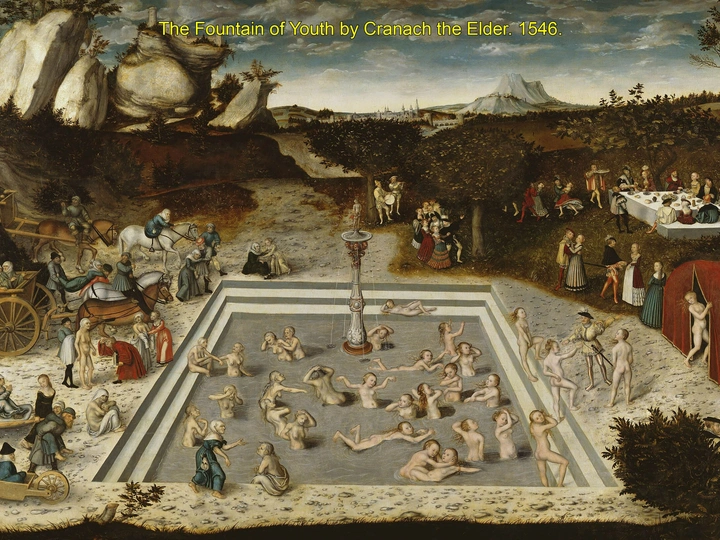Still Living Outside: Learning from Gardens

Alexis de La Taille
cdlt is an architectural and landscape practice specializing in hybrid climatic spaces. Through research and construction, the office aims to blur the distinction between an ‘inside’ that relies on technological thermal regulation and an ‘outside’ subject to climate variations. Exploring intermediate spaces between the house and the garden (such as the summer lounge, impluvium, peristyle, loggia, pergola, nymphaeum, etc.), we envision new ways of living in closer harmony with the landscape and climate.
cdlt is developing a wide range of activities, from theory to practice: research (writing residency with Eileen Gray. L’étoile de mer. Le Corbusier association), exhibitions (Biennal of Architecture and Landscape in Versailles No. 2, Design Parade No. 7 with the Villa Noailles), publications in magazines (Pli No. 6, Polygone No. 1), construction workshops (winter school at the Versailles School of Architecture) and project management (houses, gardens).
cdlt stands for Chatelais de La Taille. It was founded in 2024 by Théophile Chatelais, a landscape architect who graduated from the Paris Val-de-Seine School of Architecture (2015), the Versailles School of Landscape Design (2016) and the University of Philosophy at Nanterre (2019), and Alexis de La Taille, a graduate of the Paris Val-de-Seine School of Architecture (2015) and holder of the post-carbon architecture diploma from the Marne-la-Vallée School of Urban and Regional Planning (2017).
For our generation of architects, the climate emergency poses a palpable danger. Every year, we witness its visible effects: scorching summers, disrupted seasons, and intensified extreme weather phenomena. In many European cities, public spaces, slowly designed around a temperate climate, are at risk of becoming uninhabitable. How can we continue to live outdoors?
Our project, 'Learning from Gardens,' begins with the assumption that many historical gardens in southern Europe, from Spain to Italy, have already precisely addressed this issue. In his 2002 book 'Garden and Climate,' Professor Chip Sullivan demonstrates how Mediterranean gardens implement passive solutions to regulate their atmospheric conditions. Fountains cool surrounding spaces , through water evaporation; the inertia of mineral walls in grottoes preserves freshness accumulated during the night; trellises and colonnades shield walkers from the sun's rays; pathways aligned with winds enhance the Venturi effect... Many existing passive and low-tech devices make outdoor spaces pleasant despite high temperatures.
Our research follows two directions. The first, more theoretical, involves inventorying and analyzing the various climatic devices found in European gardens. This material will contribute to a series of publications and exhibitions. Building upon this work, the second direction entails workshops and on-site installations to invent new approaches to address climate change. By studying historical models and juxtaposing them with contemporary issues, we aspire to envision radical living spaces . We believe these hybrid climatic typologies can facilitate public spaces in reclaiming their primary role: serving as refuges for all and fostering communal living.